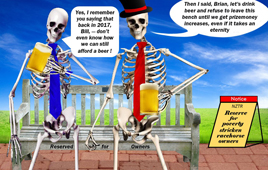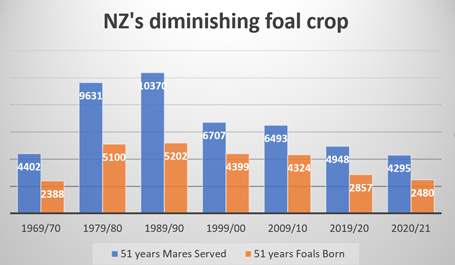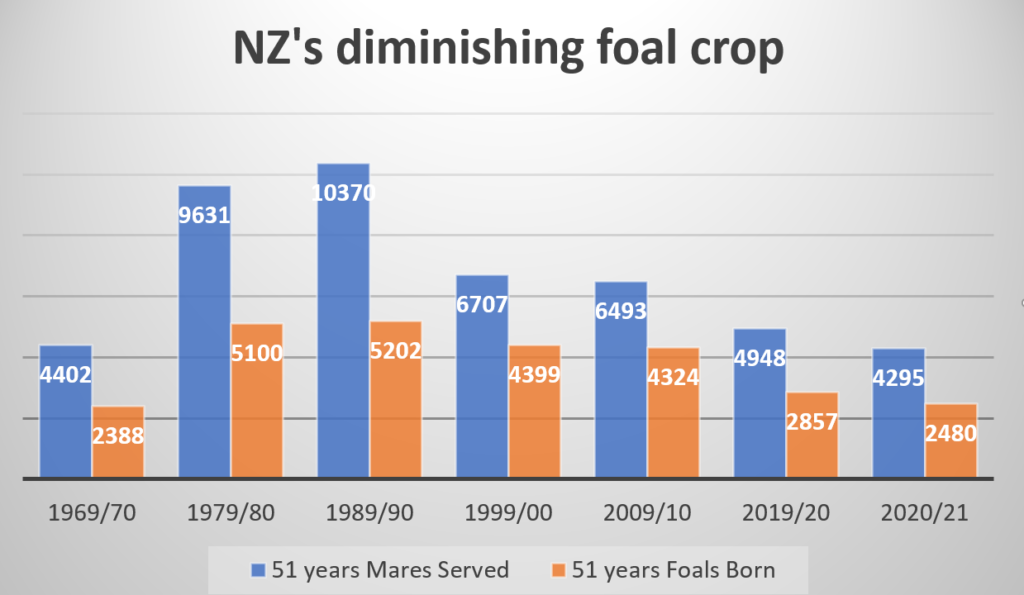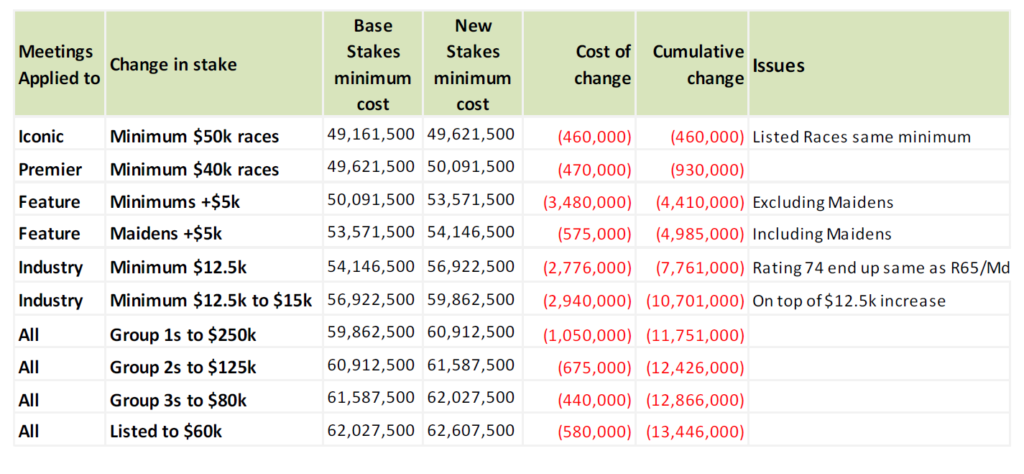by Brian de Lore
Published 25th June 2021
Melbourne trainer Mick Price poignantly reflected the needs of the racing industry earlier this week when quoted in ANZ Bloodstock News as saying, “…ideally more could be done to help owners recoup their costs at the beginning of a horses career, which is imperative to keep owners in the sport.”
His comment came after Racing Victoria announced a $16 million injection of prize money for 2021-22 that failed to increase midweek racing in Melbourne where city-trained horses are likely to commence their racing careers and either graduate to Metropolitan Saturday racing or descend to country racing.
Even though a midweek maiden at Sandown is unchanged from the current season for 2021-22, the prize money is a $50,000 minimum. Racing Victoria has elected to leave metropolitan midweek as is, but increased metropolitan Saturdays from $125,000 to $130,000 and country TAB meetings from $23,000 to $25,000.
For New Zealanders, the $50,000 Sandown midweek is a comparative luxury when we line up for only 20 percent of that figure (exchange rate not considered). The cost of training a horse in Melbourne is around $68,000/year, which former New Zealand trainer Mike Moroney says covers everything, whereas a full year’s fees in a Matamata stable gives you no change from $40,000.
If you accepted that Matamata is a Sandown equivalent, racing for 20 percent of the stake when you’re paying 60 percent of the costs is a thrice worse situation here compared to Melbourne, and yet Mick Price is saying it’s not an equitable situation for them and the majority of owners are neglected.
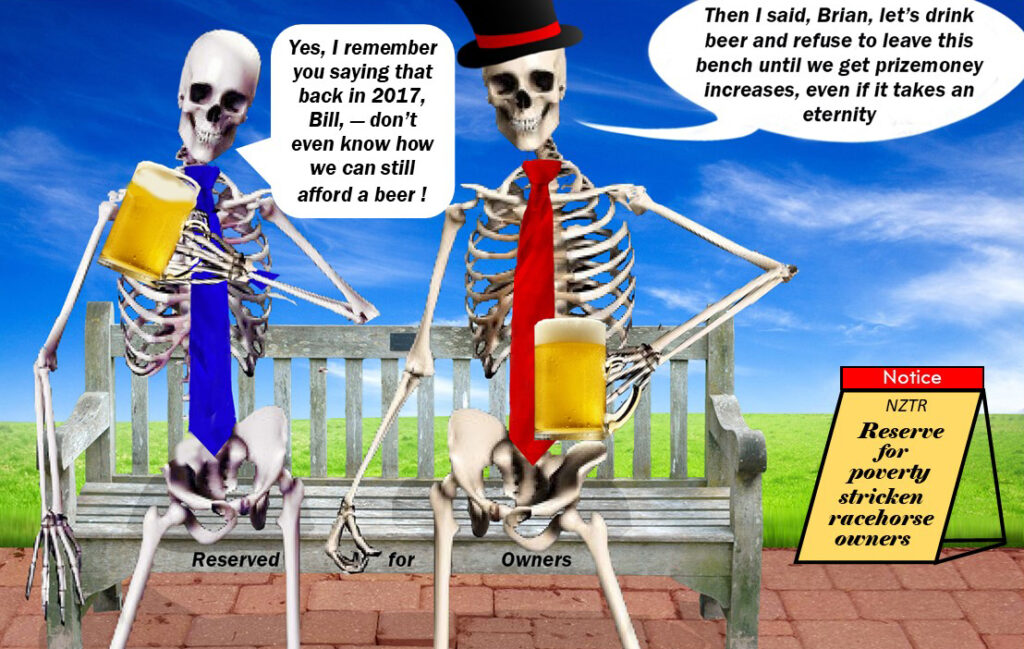
Price strongly argues that most owners fall into the maiden and benchmark 70 (R65 equivalent in NZ) category, and after talking to the participants, he thinks it’s best to increase prizemoney in that majority group than see fewer horses in training from the depletion of owners. How can you argue against that view?
The luxury of Victorian racing is the number of options available below midweek metropolitan racing. Country racing this coming season will offer a minimum of $25,000, and below that, a non-TAB meeting minimum is $15,000. The lowest rung for the slow ones, picnic racing, provides no less than $5,000 a race.
Comparing New Zealand to Victoria, the biggest disparagement is in the maiden/R65 group. We know most owners will lose because the majority of horses going to the races are hay burners that will never pay their way, but to disincentivise the losing owner from coming back into the next horse by failing to increase the minimum is to shrink the ownership pool.
Last week, this column supplied evidence of the diminishing broodmares bred and lowering of the foal crop. The breeders are also racehorse owners by necessity, just as we have seen growing ownership from within the ranks of trainers – it all points to a shrinking industry dying because prize money has failed to keep pace with rising costs for the casual owner.
On June 1st, NZTR CEO Bernard Saundry said on ‘Weigh In,’ “the board would like to see support in the midrange and at the same time how do we build up the top end – three years ago, the money went into the bottom end.”
Last week in a chat with Bernard Saundry, he said, “Nothing’s been decided by the board yet, but they are meeting on Wednesday (June 16th). There have been numerous discussions for the top, middle and bottom.”
As we’re now into the last week of June and little more than a month from the new season, it’s about time NZTR let the industry know where it stands. They are apparently waiting to see how much is available for stakes in addition to last season’s meagre $53 million. Whatever they decide, it’s known they will reserve the right to review it before Christmas in case the TAB performs poorly in the second half of the year.
The talk on racecourses is that the board favours injecting extra prize money into the middle and top, reflecting Bernard Saundry’s Weigh In comment. But to suggest the minimum won’t go up because the lower end had its turn three years ago is laughable when you consider the alarming rise in costs during the same period.
Owners costs continually rising
Most clubs have increased track fees; transport costs never stop rising; horse feed companies have regularly passed on increased costs; the jockeys riding fee has gone up, and every other rising expense always finds a space on the owners’ invoices at month’s end.
Increased prize money only for the middle and top races would benefit the bigger clubs and a much smaller pool of owners. It should be noted the NZTR board is top-heavy, with the majority Auckland-based, all appointed by a Members Council dominated by the major clubs.
Racing has to be administered fairly for all stakeholders and needs to be seen to be acting fairly. What’s fair is the question? Are all groups with a vested interest represented? Far too often, we hear narrow, provincial viewpoints and subjectivity dominating discussions on administrative matters.
The concept of the Auckland Racing Club joining forces with Counties (and possibly Avondale) and pooling their resources to build a StraithAyr track at Ellerslie to run 32 odd meetings a year offering $100,000/race minimums should be embraced by every racing person wishing for a sustainable future for New Zealand Racing.
Its eventuality will raise the bar for everyone in the game, entice investment from owners, and bring new players. It would also profile Ellerslie to a standard currently enjoyed by Randwick in Sydney and Flemington in Melbourne and provide a high level of racing on a consistent surface for marketing to betting markets outside New Zealand – deriving increased income for stakes.
In the meantime, let’s stem the bleeding and arrest the declining number of owners. NZTR injecting extra prizemoney only into the middle and top, benefits only a minority of owners.

